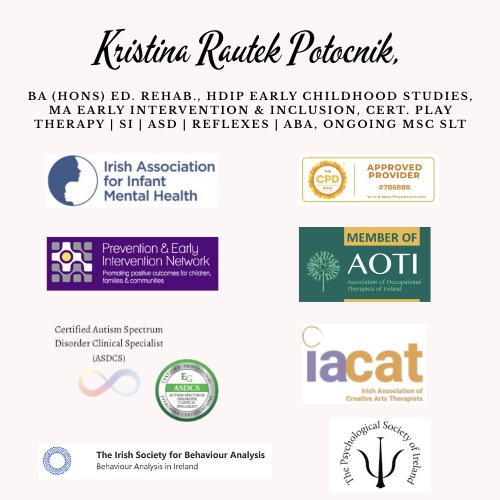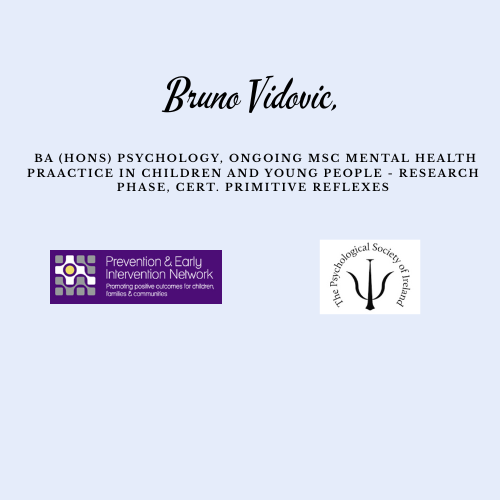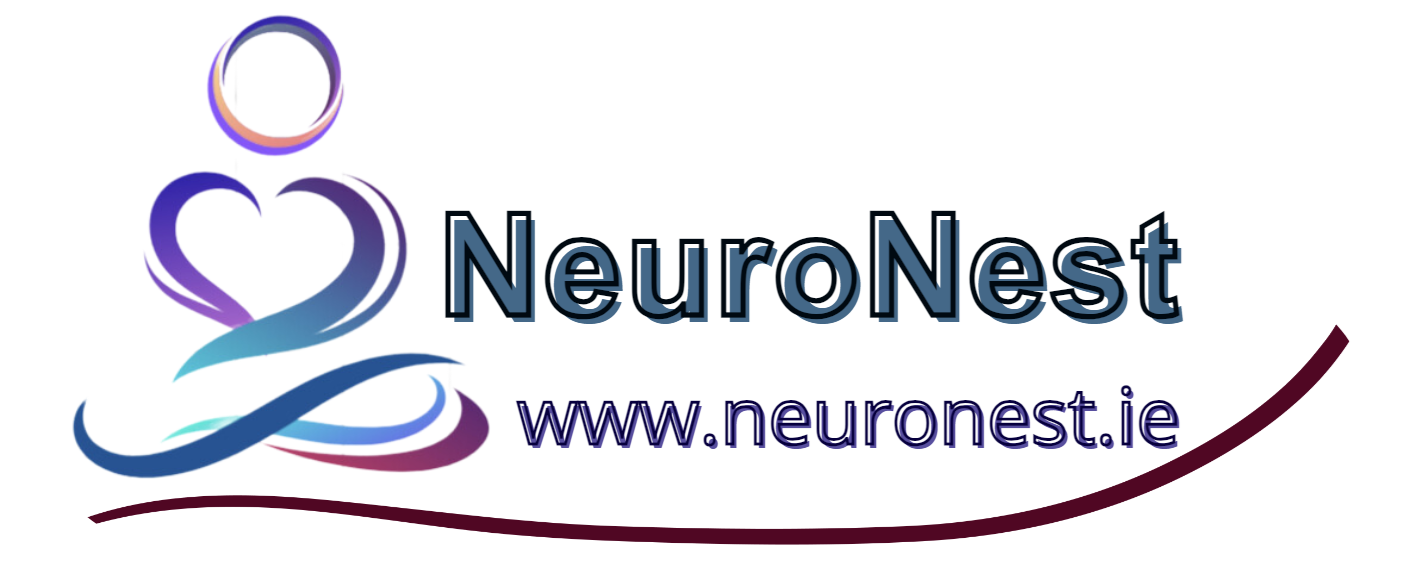Retained Primitive Reflexes | NeuroNest
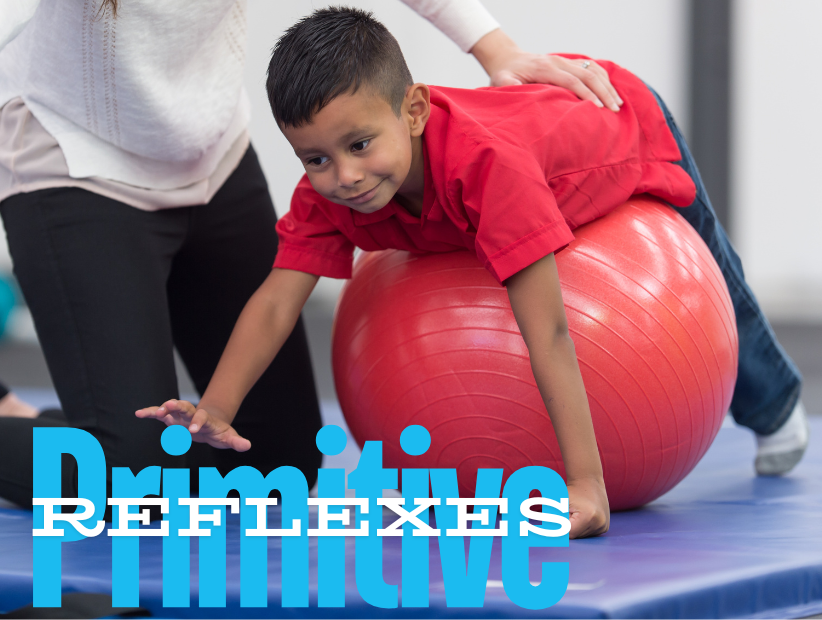
Author: Kristina Rautek Potocnik, BA (Hons) Ed. Rehab., HDip Early Childhood Studies, MA Early Intervention & Inclusion, Cert. Play Therapy | SI | ASD | Reflexes, ongoing MSc SLT
At NeuroNest, we’re passionate about understanding what’s truly going on beneath the surface when a child struggles with learning, behaviour, coordination, or emotional regulation. One of the most overlooked, yet crucial, factors in child development is the presence of retained primitive reflexes—automatic movements from early infancy that may not have fully resolved as a child grows.
These reflexes are meant to support the brain and body in the earliest stages of life, but when they remain active beyond infancy, they can interfere with everyday functioning in surprising ways. Our team works to identify and integrate these reflexes through our specialised NeuroMature neurodevelopmental programme—designed to support children in reaching their full potential.
What Are Primitive Reflexes?
Primitive reflexes are involuntary, instinctive movements that develop before birth and are present in all infants. They play a critical role in survival and early development, helping newborns with activities such as feeding, movement, and sensory processing.
As a baby grows, these reflexes should naturally be “switched off” by the developing brain, making way for more advanced, voluntary control of movement and behaviour. However, in some cases, these early patterns are not fully integrated. When that happens, they can interfere with skills like writing, balance, focus, posture, and social interaction—even if developmental milestones were initially met.
Why Some Reflexes Don’t Integrate Naturally
Although most primitive reflexes are expected to integrate during the first year of life as the central nervous system matures, several factors can interfere with this natural process. Retained reflexes may result from genetic conditions, perinatal complications, early neurological trauma, high levels of infant stress, illness, or lack of movement opportunities in infancy. For example, babies who spend extended periods in restricted positions such as car seats, bouncers, or walkers may not experience the variety of movements necessary for healthy sensorimotor integration.
These interruptions in early neuromotor development can impact the formation of postural reflexes, leading to challenges in balance, attention, coordination, and emotional self-regulation. In some children, retained reflexes may contribute to features seen in attention deficit hyperactivity disorder (ADHD), dyspraxia, dysgraphia, sensory processing disorder, or learning difficulties. It is important to note that reflex retention is not in itself a diagnosis, but it can serve as an indicator of broader developmental needs and neurological immaturity.
Signs Your Child May Have Retained Reflexes
Because retained reflexes affect brain-body communication, the symptoms can show up in many areas. These are the most commonly retained reflexes and the signs to look out for:
1. Moro Reflex (Startle Reflex)
This is a baby’s early alarm system, reacting to sudden changes in light, sound, or movement. It typically fades by 4 months of age.
If retained, a child may be overly sensitive to sensory input, struggle with sleep, react with extreme emotion or anxiety, display hyperactivity or impulsivity, experience food sensitivities or digestive issues, show traits similar to ADHD or sensory disorders, and have poor balance and coordination.
2. Asymmetrical Tonic Neck Reflex (ATNR)
When a baby turns their head, this reflex causes the arm and leg on that side to extend. It should integrate by 6 months.
Signs of retention include difficulty crossing the midline (for example, writing across a page), struggles with reading, writing, and visual tracking, poor hand-eye coordination or awkward gait, and dyslexia-type traits.
3. Tonic Labyrinthine Reflex (TLR)
This reflex affects posture and balance depending on the position of the head. It influences coordination, spatial awareness, and sensory processing.
If retained, a child may have poor posture or muscle tone, experience motion sickness, struggle to concentrate while seated or with head down, bump into things frequently, and show signs of dyspraxia.
4. Symmetrical Tonic Neck Reflex (STNR)
Essential for learning to crawl, this reflex affects how the upper and lower body coordinate together.
Retention may result in slouching at a desk, poor hand-eye coordination, skipping the crawling stage, trouble shifting visual focus between near and far (such as copying from a board), and attention difficulties.
5. Spinal Galant Reflex
This reflex helps newborns with movement through the birth canal. It should fade by 9 months.
Retention may lead to restlessness and constant movement while seated, bedwetting after potty training, sensitivity to clothing at the waist, focus difficulties, clumsiness, or avoidance of physical activities.
6. Palmar Reflex (Grasp Reflex)
This reflex causes a newborn to grip anything placed in their palm. It supports early motor development and should disappear by 6 months.
If still active, it may cause poor pencil grip or handwriting, difficulty with fine motor tasks, slouched posture when writing, tension in facial muscles during hand use, and delays in expressive language.
7. Rooting and Sucking Reflexes
These reflexes help newborns locate and latch onto the breast or bottle. If they remain active, they can interfere with speech and feeding.
Look for speech delays or lisp, mouth sensitivity or picky eating, excessive chewing on objects, difficulty swallowing, or trouble coordinating oral movements.
Why Reflex Integration Matters
When retained reflexes are present, they can act like "background noise" in the nervous system—draining a child’s energy, interfering with attention, and delaying skill acquisition. These children often appear “fidgety,” “anxious,” “clumsy,” or “disorganised,” when in fact, their brain is working overtime to compensate for undeveloped reflex pathways.
The good news? With the right support, reflexes can be integrated, allowing the brain and body to operate more efficiently and comfortably.
How NeuroNest Supports Your Child
At NeuroNest, we take a holistic and developmentally informed approach to supporting children who may show signs of retained primitive reflexes. Our programmes are designed by professionals trained in child development and neuro-motor support strategies, always working within their scope of practice.
We begin with a detailed observational screening process to explore potential reflex activity and its possible impact on learning, behaviour, and movement patterns.
Based on these findings, we develop an individualised programme filled with playful, movement-based activities that aim to support overall neurological organisation and developmental readiness.
Our goal is to empower children through gentle, structured, and engaging exercises that promote self-regulation, body awareness, and confidence—always in close collaboration with families and with the child’s wellbeing at the centre.
Final Thoughts
Even if your child seems to be doing “fine,” retained reflexes can still quietly affect how they focus, move, learn, and relate to others. Early intervention and personalised support can make a world of difference.
If you’re wondering whether retained reflexes might be playing a role in your child’s challenges, we encourage you to reach out.
Latest Posts
- How children make sense of the world through their senses
- How your baby learns about the world through their senses
- Helping your child grow stronger through movement and play
- Understanding How Early Intervention Helps Children Learn, Move, and Connect
- How to Recognise Tactile Defensiveness and Help Your Child Feel Safe
- Understanding Feeding Challenges and How to Support Your Child at Home
- Let’s Talk Sitting: Exploring Floor Seating Options
- Retained Primitive Reflexes: The Hidden Cause Behind Developmental Struggles
- Where Curiosity Blossoms: How Children's Play Nurtures Growth for All
- Helping Your Child Through Stress: A Gentle Guide for Parents
- Sweet Little Lies – How to Recognise and Respond with Care
- Chores Are More Than Just Tasks – They’re a Tool for Growing Independence, Focus, and Confidence
- How to Help Children Develop Emotional Intelligence
- Blending Technology and Care: How VR Meta Quest Supports Children at NeuroNest
- A simple guide for parents who want to raise confident, happy children
- Setting Boundaries with Love: A Simple 3-Step Guide for Parents
- Understanding Behavior Through the Nervous System
- A Compassionate Lens on Dysregulation in Non-Speaking Autistic Individuals
- Supporting Development Through Movement: The Role of the Swing in Early Intervention
- Blending Tradition and Innovation: How NeuroNest Supports Your Child’s Unique Journey
- When Movement Meets Innovation: Supporting Child Development with GoBalance
- Why Visual Perception Matters for Everyday Life and Development
- Benefits of Chess in Early Intervention
- Building Healthy Nutrition from the Start
- A Journey Back to Your True Self
- Supporting Your Child’s Hand Skills for Confident Writing
- Blending the Best of Both Worlds
- Helping Toddlers Eat Well: A Parent’s Guide
- Why Tummy Time Matters for Your Baby's Development
- Helping Your Child Build Everyday Independence
- Who Are the Disconnected Kids?
- From First Tries to Automatic Habits: Understanding the Stages of Skill Learning
- Why a Child’s Level of Alertness Matters for Memory and Learning
- Early brain development starts before birth
- Why Slowing Down, Adapting Tasks, and Adding Breaks Helps Children Learn Better
- Why ADHD, Autism, Dyslexia and Other Challenges Need a New Approach
- The surprising power of copying in child development
- Books are more than just language tools—they’re powerful allies in sensory and motor development.
- Rethinking sensory support: moving beyond expensive rooms toward everyday understanding.
- Understanding how fear develops in a child’s brain
- Understanding how an early baby reflex can affect your child’s daily life
- A gentle start into baby development through movement and bonding
- A child-centred, research-informed approach that uses the power of play to support communication, emotional regulation, motor development, and meaningful growth from infancy to twelve years.
Our Partners
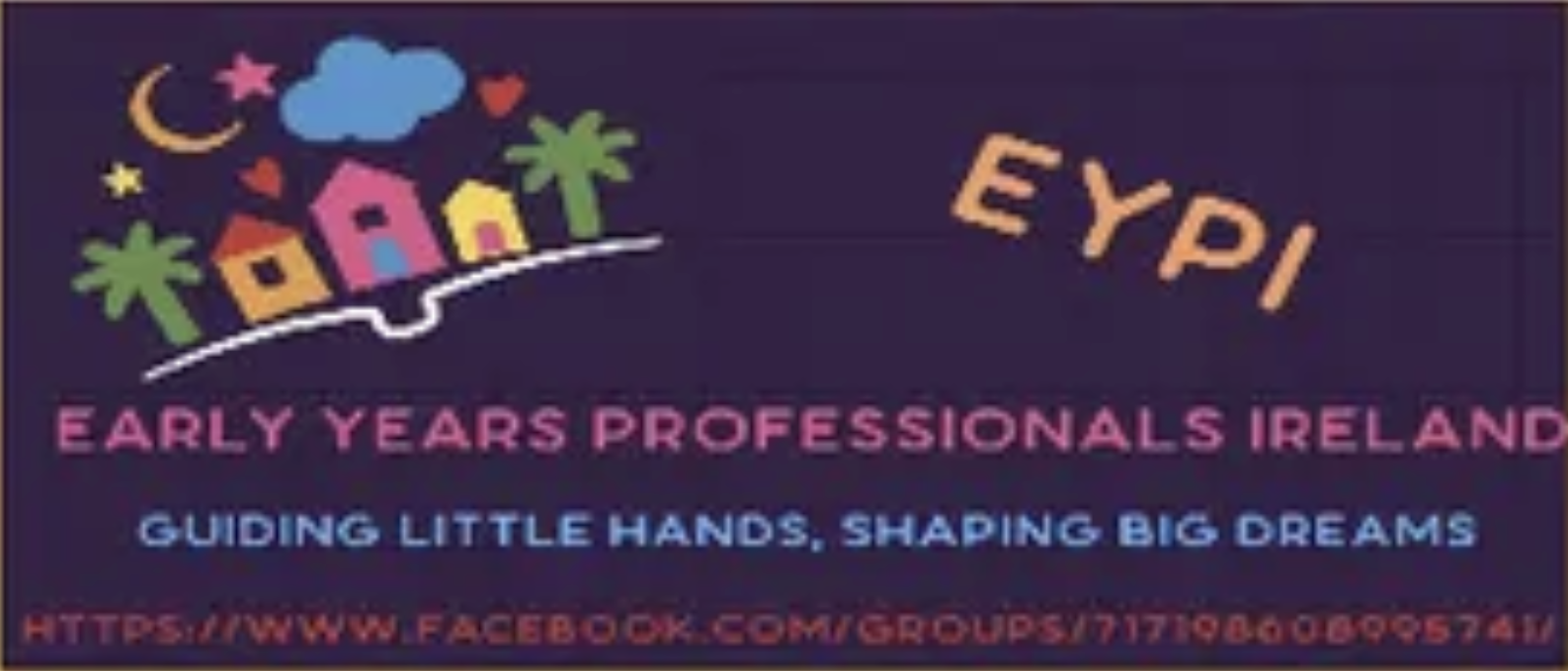
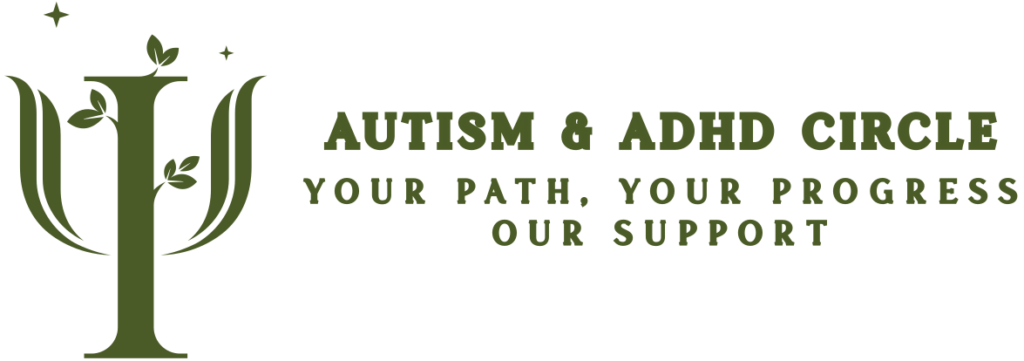
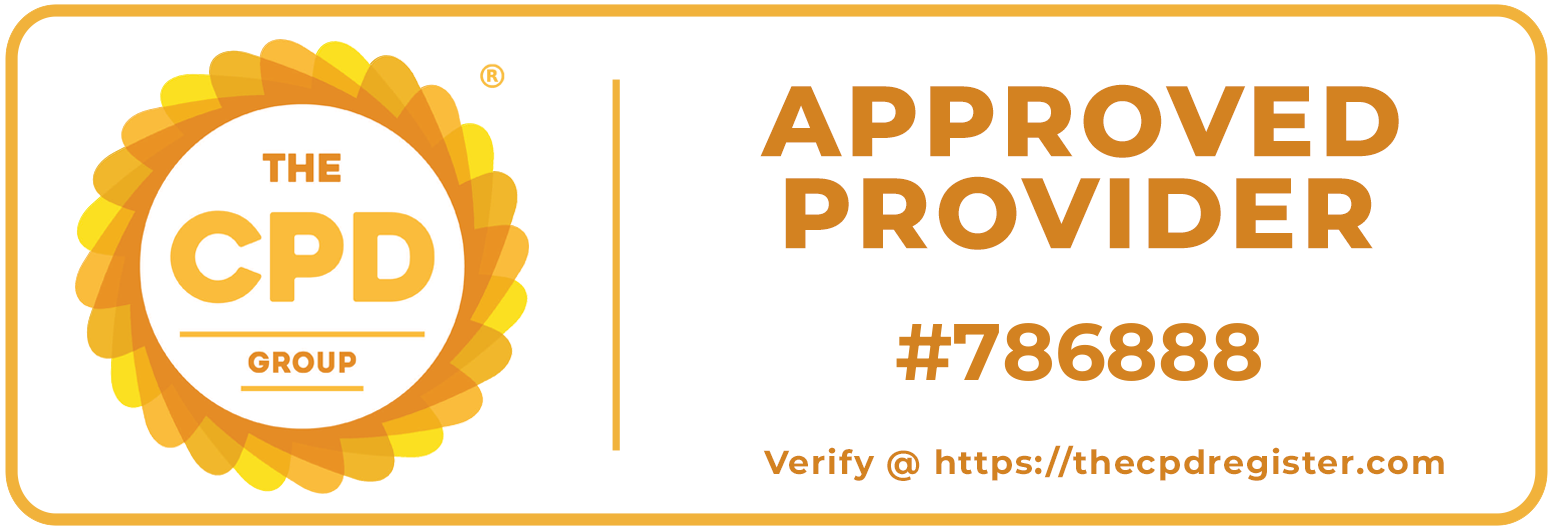

Our Memberships
